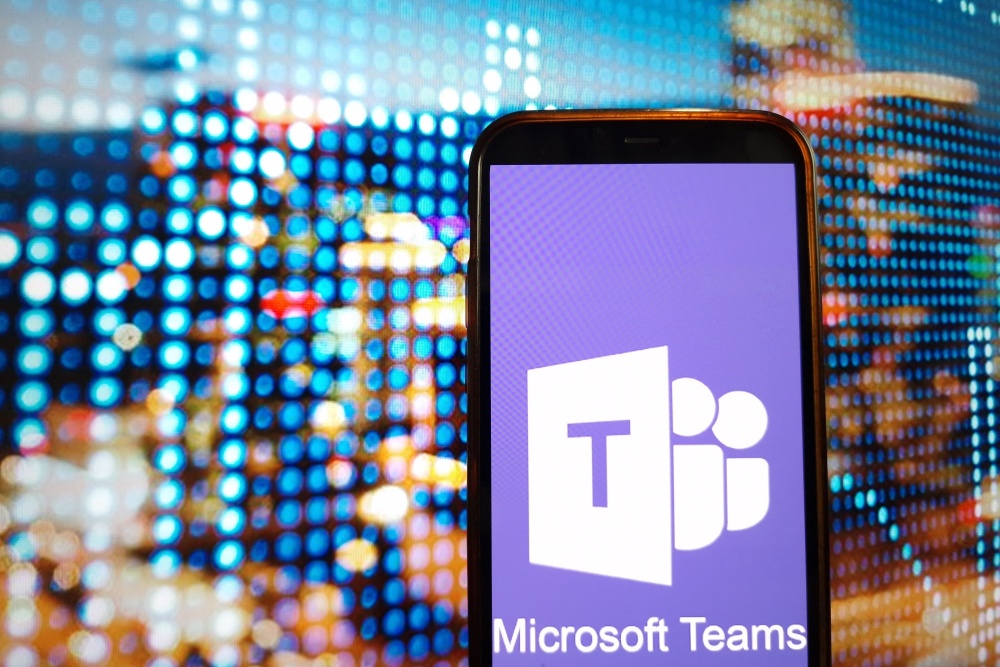I want to talk today about how to manage Teams sprawl. I will cover the options available to you to manage Teams sprawl. And I will tell you why I think it’s important to do this. First, we could use a little context.
One impact of the ongoing (seemingly forever) pandemic has been the rapid adoption of collaboration tools such as Slack and Teams. In fact, Microsoft recently announced that Teams is now up to 250 million monthly active users. This is an increase from 145 million daily active users that the company reported in April. Maybe this number reflects true growth. Maybe it reflects Marketing changing the definition of “monthly active user.” Either way, the growth in Teams adoption is still remarkable. Of course, the downside of such rapid adoption is the sprawl that gets created.
We have worked with some customers to create and execute a Teams roll out plan. Other customers didn’t feel they had the time to take that route. So, they enabled Teams and ran with it.
Each approach has its merits. And regardless of how you got here, you are probably at a point where you should manage Teams sprawl. I will explore the options available to you for manage Teams sprawl. And if you are an organization that uses Slack, well, I have a little love for you as well.
Why Worry About Teams Sprawl?
Before I talk about how to manage Teams sprawl it’s worth addressing the question. Why worry about Teams sprawl in the first place? The answer lies in productivity and user experience. Then again, maybe I’m just a neat freak. Let me use CGNET as an example to explain what I mean.
At CGNET we have a team that we use to manage sales opportunities. [As a reminder, the architecture of Teams specifies that there is a team and within a team there are channels.] So, we have a team comprising those CGNETians who are involved in the sales process. Below that we have a channel for each sales opportunity that we are managing.
This was fine when we started using Teams in earnest in 2018. But now, three years later, we have tons of channels within the Sales team. The result is that the nice, clean Teams user interface now seems a bit cluttered. Also, it is easy to fall back on the notion of thinking about channels as folders when searching for information. Of course, Teams has an excellent search function. I sometimes must remind myself to use that search function rather than browse through Sales team channels to find what I want.
Of course, the more time I spend browsing, the less time I spend working on sales opportunities. If I can keep my Teams interface nice and tidy, I can spend more time using Teams. This is my goal.
Choose Among These Options to Manage Teams Sprawl
Users can take some action to manage Teams sprawl. This is great, but it only helps that user. Teams Administrators can take other actions that will apply to all users.
As a user, you can hide a Team and its channels. Or you can hide a channel within a Team.
As a Teams administrator, you have these options to manage Teams sprawl.
- Teams Administrators can archive a Team (and its channels).
- Alternatively, a Teams Administrator can delete a Team and its channels.
- A Teams Administrator or Team Owner can also delete specific channels within a Team.
Before I get to the how-to part, let me explain what archiving a Team means, vs. deleting it.
How Does Archive Differ from Delete?
When you archive a Team, that Team is removed from the Teams interface. No more activity (chats, file upload, etc.) can take place within the Team. However, the Team content is preserved for future use. Archive a Team if you don’t think its content is still relevant, but you want the option to restore it later. For instance, you might archive a Team you originally established to address a one-time need.
When you delete a Team, you delete the Team and all its content. Forever. OK, I exaggerate. You can restore a Team within 30 days from the date when you first deleted it. After that… Poof.
Alright, time to lay out how to manage Teams sprawl.
Hide a Team or Channel
Power to the user! A user can click on the ellipsis (…) next to a Team or channel and select Hide. The user can still access the Team or channel. It just doesn’t show up in the user’s “active” list of Teams and channels. The user selects Hidden Teams or Hidden channels to reveal the hidden Team or channel. If the user simply clicks on the Team or channel, it will show up again, but only for that session. The user can restore the Team or channel to the “active” list by hovering over it and selecting Show. This action will restore the Team/channel to the user’s active list.
Delete a Team
If you are a Teams Administrator, you can delete a Team. Here is how. (I am sticking with the point-and-click directions. Those more software-savvy than me are free to user PowerShell.)
- In the Admin center, select Manage Teams.
- Click on the name of the Team you want to delete.
- Select Delete.
- You will see a message asking you to confirm the deletion. Select Delete. And… the Team is gone.
Delete a Channel
Can you manage Teams sprawl by deleting just a channel from a Team? Yes, Timmy, you can. (Remember that deleting a Team deletes all its content, including channels.) And you do not have to be a Teams Administrator to do this. A Team owner (and whoever they designate) can delete a channel.
To delete a Team channel if you are a Team owner:
- Click on the Team with the channel you want to delete. This should expand the channel list.
- Click on the ellipsis (…) next to the channel in question.
- Click Delete.
As with deleted Teams, you can restore a deleted channel.
- Click the ellipsis next to the Team name.
- Select Manage Team.
- Access the Channels listing.
- Find the list of deleted channels. Click on Restore next to the channel you want to restore.
To delete a Teams channel if you are a Teams Administrator:
- Go to the Teams Admin Center and select Manage Teams.
- Click on the Team that has the channel you want to delete.
- Select the channel and click Delete.
Archive a Team
Teams Administrators can archive a Team using these steps.
- Go to the Admin Center and select Manage Teams.
- Select the Team you want to archive and click on Archive.
- Read the confirmation dialog and select Archive. Note that you can also check the box that makes the Team SharePoint site read-only for members. You might select this if you don’t want Team members changing the content after the team has been archived.
What About Slack?
You will not be surprised to learn that Slack has similar management capabilities. Slack talks about Workspaces and Channels, but the process to archive or delete is similar. The Slack capabilities differ depending on which Slack subscription you have, Business + or Enterprise Grid. Otherwise, you are good to go.
You have done a great job getting Teams rolled out and in use. Follow that success with more success by remembering to manage Teams sprawl.





0 Comments